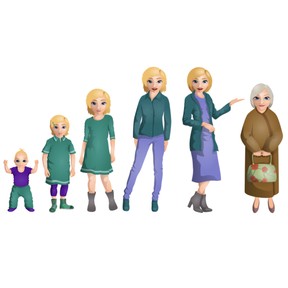
Connections between centuries, decades, years, months, weeks, days and hours
I can explain how these units in time are connected.



8,000 schools use Gynzy
92,000 teachers use Gynzy
1,600,000 students use Gynzy
General
Connections between centuries, decades, years, months, weeks, days, and hours are taught using several drag and drop and matching activities.
Learning objective
Students will be able to explain how centuries, decades, years, months, weeks, days, and hours are connected.
Introduction
Students will be encouraged to think about the different ways a person’s age can be expressed. For example, a baby’s age is often given in weeks or months. This leads into the importance of being familiar with the understanding of the different increments of time.
Instruction
The first increment of time discussed is the century. Students learn that the century is equal to 100 years and then they practice converting years to centuries. They also watch a video of how toys have changed in a century, which leads to a discussion of what a decade is. For practice, they complete a years to decade chart. Following this, a year and a leap year are discussed. The students complete math exercises dealing with years in the past and years in the future. The 12 months are presented with how many days are in each month. The relationship between the phases of the moon and the month is examined. When learning about weeks, students answer questions based on a calendar. Days and hours are presented with practice converting between the two. Several final activities provide more drill. Students place the time increments in least to greatest order and use the greater than, less than, equal symbols to make comparisons between the different time units. They also solve two-story problems with time increments.
Quiz
Students respond to ten multiple-choice and true/false questions.
Closing
Students will convert their age to the different increments of time. An example is given for a ten-year-old. They are allowed to use a calculator if they wish.
The online teaching platform for interactive whiteboards and displays in schools
Save time building lessons
Manage the classroom more efficiently
Increase student engagement
Discover more!
About Gynzy
Gynzy is an online teaching platform for interactive whiteboards and displays in schools.
With a focus on elementary education, Gynzy’s Whiteboard, digital tools, and activities make it easy for teachers to save time building lessons, increase student engagement, and make classroom management more efficient.



